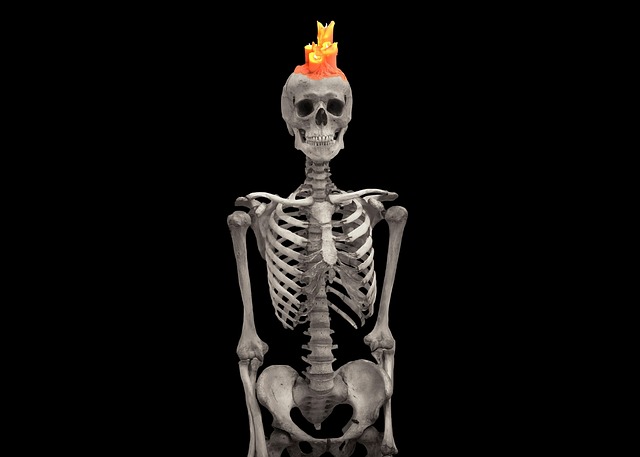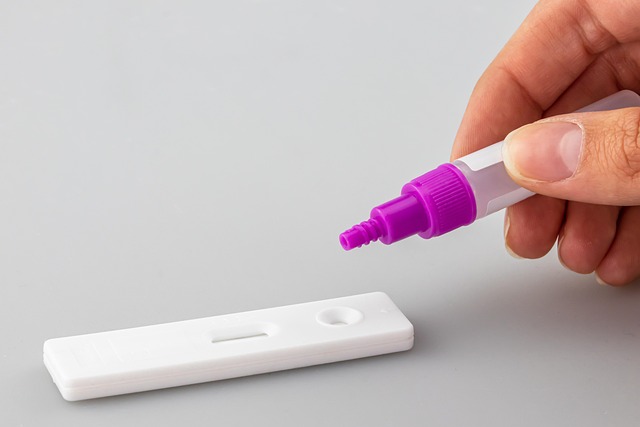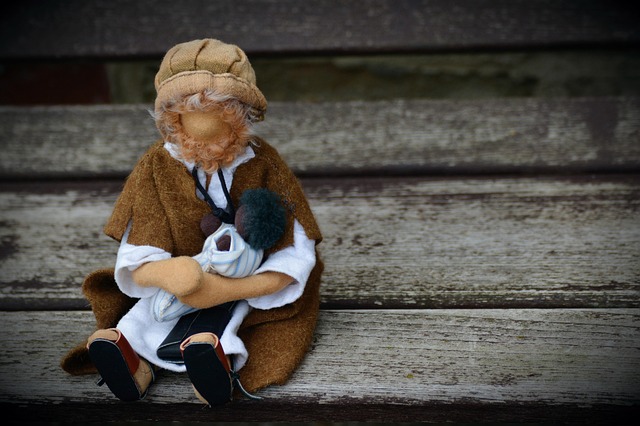
Visual Developmental Milestones
Introduction
The visual system plays a crucial role in a child's overall development. Understanding the visual developmental milestones can help parents and caregivers identify potential issues early on. This article outlines key age-related milestones and the importance of vision in a child's growth.
Importance of Visual Development
Visual development is not merely about the ability to see; it encompasses the skills necessary to interpret visual information and respond appropriately to the environment. These skills are foundational for learning and social interaction. Any disruption in visual development can lead to significant delays in other areas of growth.
Key Visual Developmental Milestones
Below is a timeline of essential visual milestones that children typically reach as they grow. It is important to note that individual development may vary, and not all children will reach these milestones at the same time.
- Birth to 2 Months: At this stage, infants can see objects that are 8 to 12 inches away. They begin to focus on faces and may follow moving objects with their eyes.
- 2 to 4 Months: Infants start to develop depth perception and can track moving objects more smoothly. They may also begin to reach for toys and other objects.
- 4 to 6 Months: By this age, babies can see a wider range of colors and are better at tracking moving objects. They begin to recognize familiar faces and may show preferences for certain toys.
- 6 to 12 Months: Visual acuity improves significantly. Babies can see across the room and are able to judge distances more accurately. They may start to explore their environment more actively.
- 1 to 2 Years: Toddlers begin to develop hand-eye coordination, which is essential for activities such as stacking blocks or drawing. They can also recognize shapes and may start to identify colors.
- 2 to 3 Years: At this stage, children can recognize and name common objects and colors. They begin to engage in more complex play that requires visual skills, such as puzzles.
- 3 to 5 Years: Preschoolers develop more advanced visual skills, including the ability to recognize letters and numbers. They can also engage in activities that require more refined hand-eye coordination, such as cutting with scissors.
- 5 Years and Beyond: As children enter school, their visual skills continue to develop. They become proficient in reading and writing, which rely heavily on visual processing.
Signs of Potential Vision Problems
Parents should be vigilant for signs that may indicate vision problems. These can include:
- Squinting or tilting the head to see better
- Frequent eye rubbing
- Avoiding activities that require close vision, such as reading
- Difficulty following moving objects
- Not responding to visual stimuli appropriately
Conclusion
Monitoring visual developmental milestones is essential for ensuring that children develop the necessary skills for learning and interaction. Early detection of vision problems can lead to timely interventions, which can significantly improve a child's developmental trajectory. Parents and caregivers are encouraged to engage with their children through visual activities and to consult with healthcare professionals if they have concerns about their child's vision.

















 Icd-10 Code For Major Depressive Disorder
Icd-10 Code For Major Depressive Disorder 
 Health
Health  Fitness
Fitness  Lifestyle
Lifestyle  Tech
Tech  Travel
Travel  Food
Food  Education
Education  Parenting
Parenting  Career & Work
Career & Work  Hobbies
Hobbies  Wellness
Wellness  Beauty
Beauty  Cars
Cars  Art
Art  Science
Science  Culture
Culture  Books
Books  Music
Music  Movies
Movies  Gaming
Gaming  Sports
Sports  Nature
Nature  Home & Garden
Home & Garden  Business & Finance
Business & Finance  Relationships
Relationships  Pets
Pets  Shopping
Shopping  Mindset & Inspiration
Mindset & Inspiration  Environment
Environment  Gadgets
Gadgets  Politics
Politics 